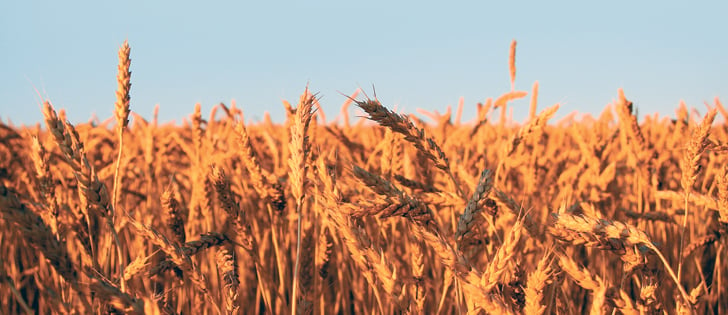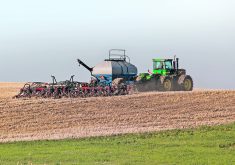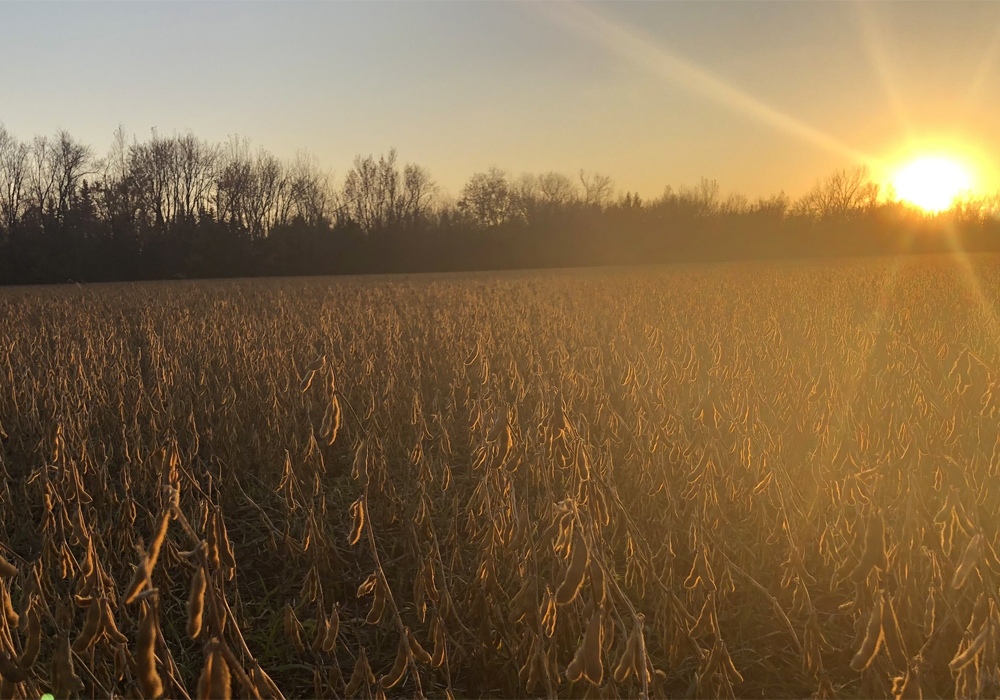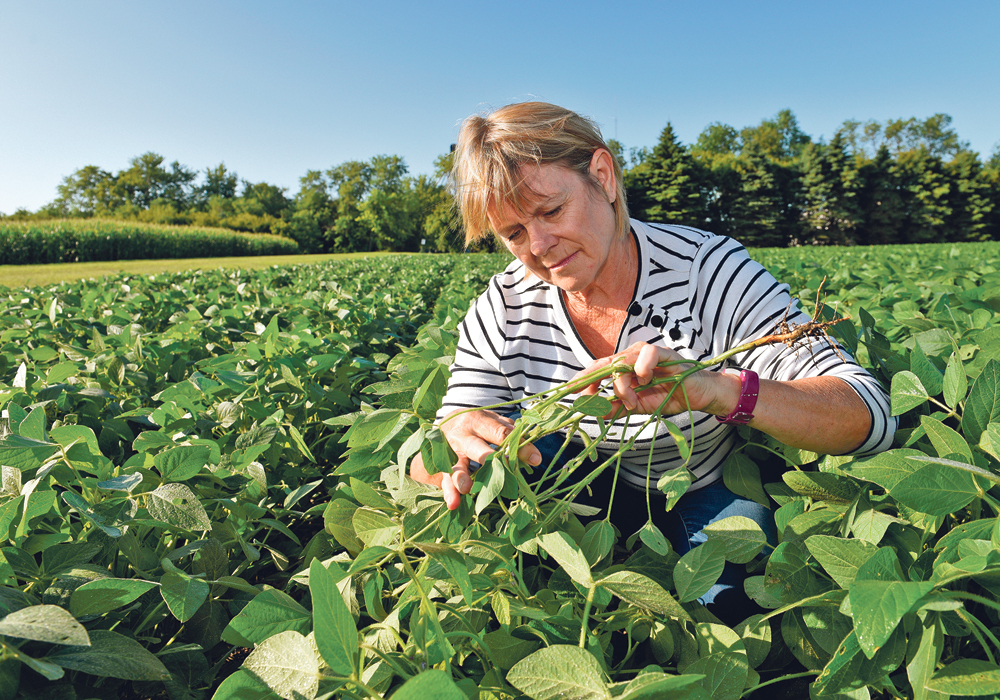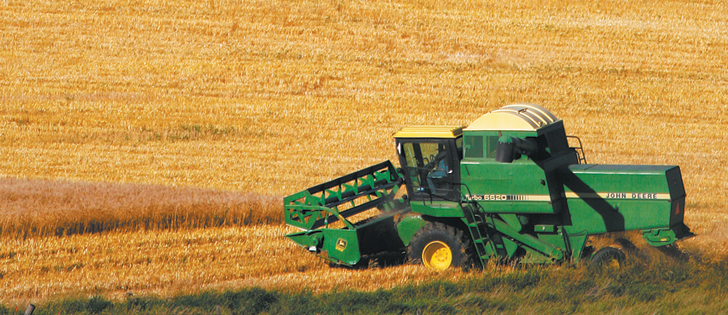Canola growers in North Dakota don’t have to worry much about price.
Since 2014, a U.S. Department of Agriculture program has guaranteed them a price of US$10.075 per bushel. That equates to C$12.60 per bu., assuming the loonie is valued at US80 cents.
The price of canola in North Dakota was below $10.075 per bu. in 2015 and 2016, which triggered a payment to growers through a U.S. Department of Agriculture program called Price Loss Coverage.
The payments were not small.
In 2016, canola growers in the state received $72.1 million in PLC payments and $50.3 million in 2015, according to data from the Environmental Working Group, a non-profit that publishes information on U.S. farm subsidies.
Read Also

Critical growing season is ahead for soybeans
What the weather turns out to be in the United States is going to have a significant impact on Canadian producers’ prices
Canola acres in North Dakota are typically around 1.4 million. Using that acreage figure:
- In 2016, on average, growers received about $51 per acre from the PLC program.
- In 2015, they received about $36 per acre.
Canola isn’t the only crop that’s part of the PLC program. It covers most U.S. crops, from major ones such as corn to small crops such as oats.
In 2016 the USDA paid out $3.1 billion through the PLC, and North Dakota’s share of the national payout was $159 million.
The EWG hasn’t released data yet for 2017.
Joe Glauber, former chief economist with the USDA, said agricultural committees in the U.S. Congress are skilled at preserving subsidies and support for farmers. However, maintaining programs such as Price Loss Coverage may become harder as the U.S. deficit expands.
“Ag has been resourceful in eluding cuts in the past, but I think they will absorb some cuts in the next few years.”
The support payments for U.S. canola growers are particularly generous because the floor price, or reference price, of $10.075 for canola is unusually high.
In comparison, the PLC program has pegged the reference price of soybeans at $8.40 per bu.
Soybean prices exceeded $8.40 per bu. in 2015 and 2016, so PLC payments to U.S. soybean growers were negligible.
Barry Goodwin, agricultural economist at North Carolina State University, said U.S. farmers don’t pay a premium to qualify for a PLC payment.
“Growers do not have to even grow canola (or anything) as this is tied to base (acres),” he said.
“It is a check that comes in the mail to the landowner.”
Base acres are another way to describe historical acres. They’re different from the actual acres a farmer plants in a specific year.
The amount that comes in the mail can be substantial. Using the Environmental Working Group figure of $51 per acre, a grower in North Dakota with 500 base acres of canola would receive about $25,500.
Barry Coleman, executive director the Northern Canola Growers, which represents farmers in the northern U.S. Plains, said the program doesn’t distort canola acres because it isn’t tied to seeded acres. If a farmer plants an additional 600 acres of canola over his historical average, he won’t receive payment on those 600 acres.
He said the Price Loss Coverage program isn’t just for canola. It applies to many commodities, so it’s not a case where canola growers are receiving special treatment.
Further, the program is necessary because U.S. farm income has been sliding.
“Market prices have been quite low, for a number of years,” he said.
“Farm income is down substantially, crop insurance has been cut substantially in the last two farm bills. We think they (the programs) are definitely essential to maintaining the growers out there in the rural areas.”






